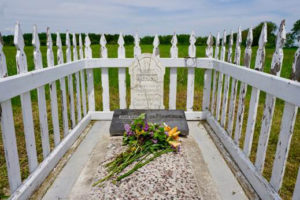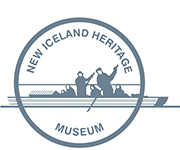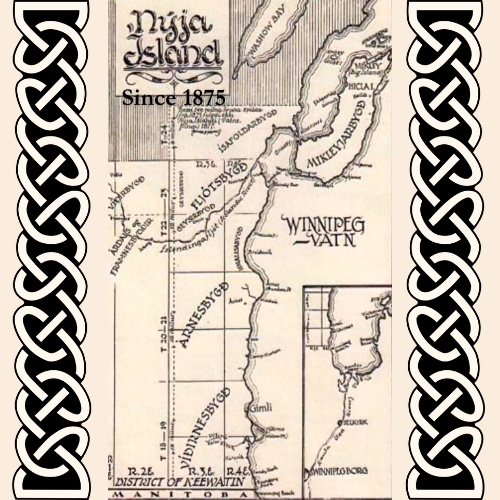This new exhibit tells the tragic story of John Ramsay, the Icelandic settlers at Sandy Bar, the smallpox epidemic and survival. The story of John Ramsay has been passed on from one generation to the next. His kindness and in later years, his close ties to the Icelandic community has never been forgotten.
Told through music and video the poignant story of John and Betsey Ramsay was shot and produced in Manitoba by local filmmakers Andy Blicq and Huw Eirug of 4th Avenue Productions Inc., with original music written and performed by Juno award winning artist William Prince of Peguis First Nation, Manitoba.
“William Prince has done something amazing here. Finding John Ramsay’s voice and weaving his story together in an original, moving piece of music.” Andy Blicq
The story:
In 1875, the Canadian government granted the Icelanders a ‘reserve’ on the west shore of the lake, stretching from what is now Winnipeg Beach north, to and including Hecla Island. The government failed to acknowledge that there were First Nations people already living there and when the Icelanders arrived at the mouth of what is now the Icelandic River, at first there was conflict between Ramsay and the newcomers.
But they came to an agreement to share the land. Ramsay proved to be a true friend to the Icelanders. Along with other Indigenous people, he taught them how to survive in the harsh and unfamiliar conditions found in their new world.
But, in 1876 a great darkness descended on the people of the lake. One of the Icelandic newcomers had unwittingly purchased clothing in Quebec, contaminated with the Smallpox virus. The virus swept through the new Icelandic colony claiming more than 100 lives, most of them children, and continued its deadly march through the Indigenous communities around the lakeshore claiming countless more, including Ramsay’s beautiful wife Betsey and three of his four children. His one surviving daughter was horribly disfigured by the disease.
 Overcome by grief, Ramsay travelled south to the stone fort on the Red River and had a stone marker made – the first one in the district. He carried it back and placed it on the grave where it remains today, standing alone in a farmers field on the lakeshore.
Overcome by grief, Ramsay travelled south to the stone fort on the Red River and had a stone marker made – the first one in the district. He carried it back and placed it on the grave where it remains today, standing alone in a farmers field on the lakeshore.
The story doesn’t end here. Despite his loss, Ramsay remained a true friend to the newcomers. Following his death from Tuberculosis in 1894, Betsey’s grave fell into disrepair. One night, in a dream, he came to master carpenter Trausti Vigfusson and beseeched him to repair the grave, which Trausti did. So the story goes, local fishers’ nets had been empty, but on his way home, Trausti ran into one whose nets were suddenly full. It has long been believed in local lore that Ramsay had a hand in that.
The Icelandic community has never forgotten Ramsay’s kindness in the face of terrible loss and continues to maintain Betsey’s lonely grave. Many of the settlers from Iceland who arrived in 1875 owe their survival to Ramsay, who helped them through freezing winters, hunger, and a devastating smallpox epidemic.


